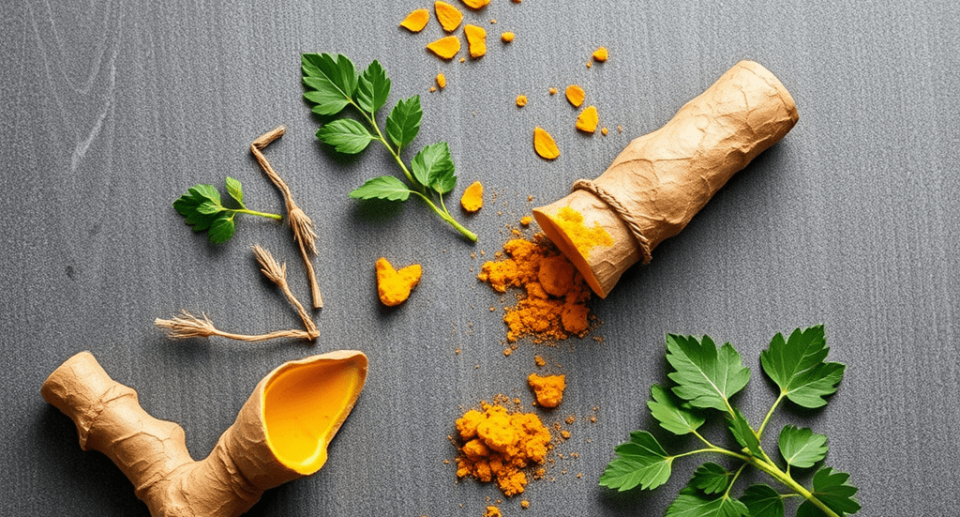A 5-Minute Guide to Turmeric and Your Health

Is turmeric a magical super spice or just the latest food fad? It has played a major role in Eastern medicine for thousands of years and now it’s showing up in supermarkets and research journals worldwide. If you like Indian food, you’ve probably been eating turmeric regularly. It’s a main ingredient in curry, and it gives mustard its golden color. It’s closely related to ginger and has a bitter flavor.
Research on its health benefits is still in the early stages, but evidence is building for some popular claims. If you like natural products that can enhance your wellbeing, look at what turmeric can do for you.
Benefits of Turmeric:
- Reduce inflammation. Turmeric contains a chemical called curcumin that appears to have anti-inflammatory properties. Some studies suggest that it controls arthritis pain as well as ibuprofen.
- Strengthen bones. Certain forms of turmeric may even help preserve bone mass. The National Institute of Health is investigating whether it can provide protection from osteoporosis.
- Manage cholesterol. Some experts already recommend turmeric for lowering unhealthy LDL cholesterol and increasing healthy HDL cholesterol. It’s especially helpful with a diet low in saturated fats and high in soluble fiber.
- Quit sneezing. Do you have a cold that won’t go away? Turmeric may relieve symptoms such as runny noses and congestion.
- Treat depression. Turmeric also shows promise for managing depression. That’s because mood disorders may involve inflammation as well as changes in brain chemicals.
- Stay updated. On the other hand, results are mixed when it comes to serious conditions such as cancer and diabetes. Your doctor can advise you on the latest findings and what they mean for you.
Ways to Use Turmeric:
- Boost digestion. Unfortunately, our bodies are not very effective at absorbing turmeric. You can aid digestion by consuming it with black pepper and fatty foods like oil.
- Wash up. Due to its anti-inflammatory and antibacterial effects, turmeric may make your skin look and feel younger. Check labels to find turmeric in soap and cosmetics or find recipes online for making your own products.
- Smell nice. Do you like woody and earthy scents? You can find turmeric in some perfumes or as an essential oil for your aroma therapy.
Safety Issues:
- Go natural. There appears to be little risk when you use turmeric in the traditional ways. That includes eating it, drinking it, and applying it to your skin. You can add turmeric to salad dressings and scrambled eggs or sip it like tea. Keep in mind that even a little turmeric can stain your skin bright orange.
- Watch for side effects. The most common side effects are nausea, diarrhea, and upset stomach. They occur mostly in those who are sensitive to one or more varieties of curcumin or those who use turmeric in large amounts over a long period of time.
- Avoid complications. There are certain conditions that make it inadvisable to use turmeric. That includes being pregnant or breastfeeding or having gallbladder issues. If you’re having surgery, stop taking turmeric at least two weeks in advance because it may interfere with blood clotting.
- See your doctor. While turmeric is generally considered safe, it’s important to talk with your doctor about any alternative or supplemental medicines you’re thinking about using. Your physician can advise you about whether they’re appropriate for you and explain any possible interactions.
While turmeric needs to be studied further, early evidence suggests that it’s safe and beneficial for reducing inflammation and helping to relieve related conditions such as osteoarthritis. Try it for yourself by adding a pinch to your favorite dishes or shopping for products with turmeric on the label.









